Learn to use the Beam Break sensors and measure how fast Piperbot's car can go.
Vroom, vroom... Piperbot is making his daring escape as the Cheeseteroid hurtles toward Earth! Will Piperbot make it in time? How fast does he have to peel away in his Hot Wheels™ car? How on *Earth* will we measure how fast he's going?
View student interface at make.playpiper.com Computer with USB port and Chrome or Edge browser
Computer with USB port and Chrome or Edge browser
 Piper Make Base Station or Starter Kit
Piper Make Base Station or Starter Kit
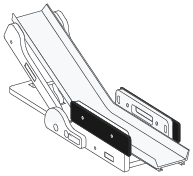 Beam Break
Beam Break
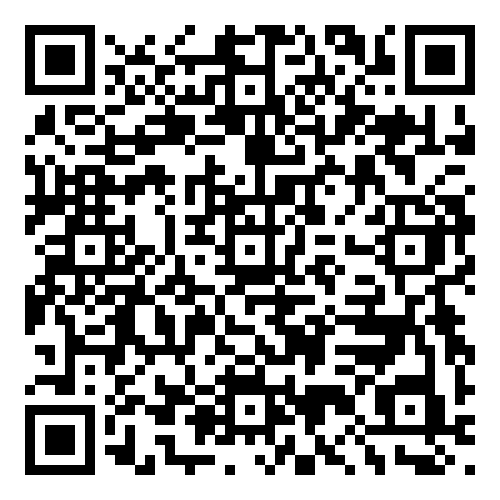 Urban and Regional Planner: Salary $79,540/yr
Urban and Regional Planner: Salary $79,540/yr
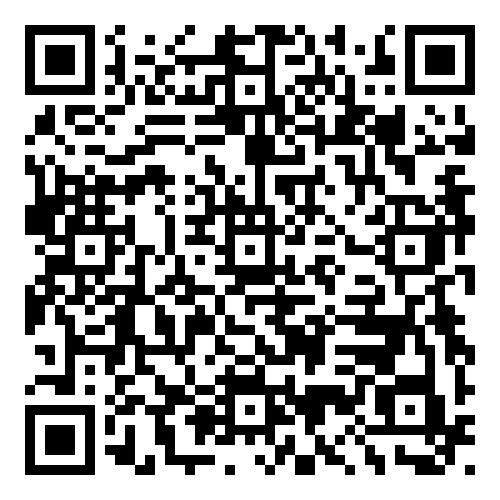 Sports Official: Salary $36,010/yr
Sports Official: Salary $36,010/yr
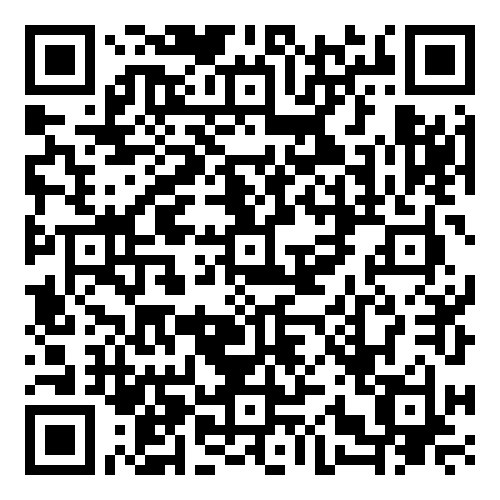 Physicist: Salary $142,850/yr
Physicist: Salary $142,850/yr
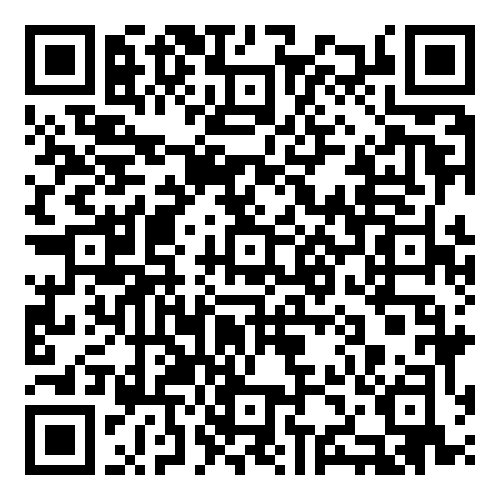 Avionics Technicians: Salary $75,450/yr
Avionics Technicians: Salary $75,450/yr
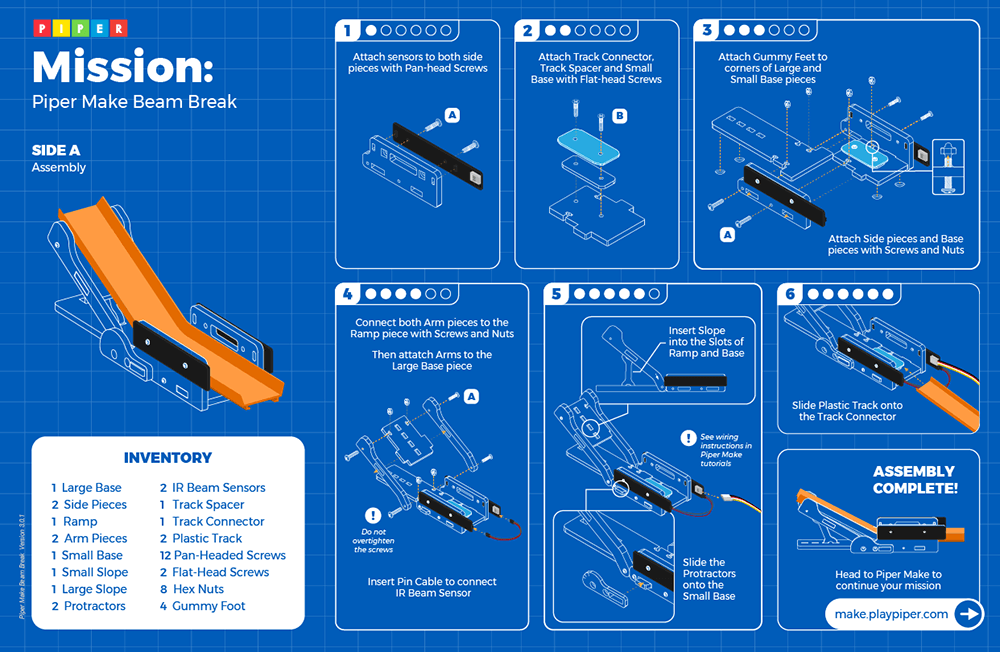
What are Pull-Up and Pull-Down Resistors?
Velocity Another word for speed or the rate of change in an object’s position. (MB / BB)
Acceleration Measurement of the change in velocity or how much an object speeds up over time (MB / BB)
Kinetic Energy Energy an object has due to its motion. It can be converted from potential energy. (MB / BB)
Potential Energy Energy stored by an object due to its state or position; can be converted to kinetic energy. (MB / BB)
Force A push or pull on an object, measured in pounds (imperial) or Newtons (metric). (MB / BB)
Momentum Measurement of mass in motion equal to the mass times the velocity of an object. (MB / BB)
